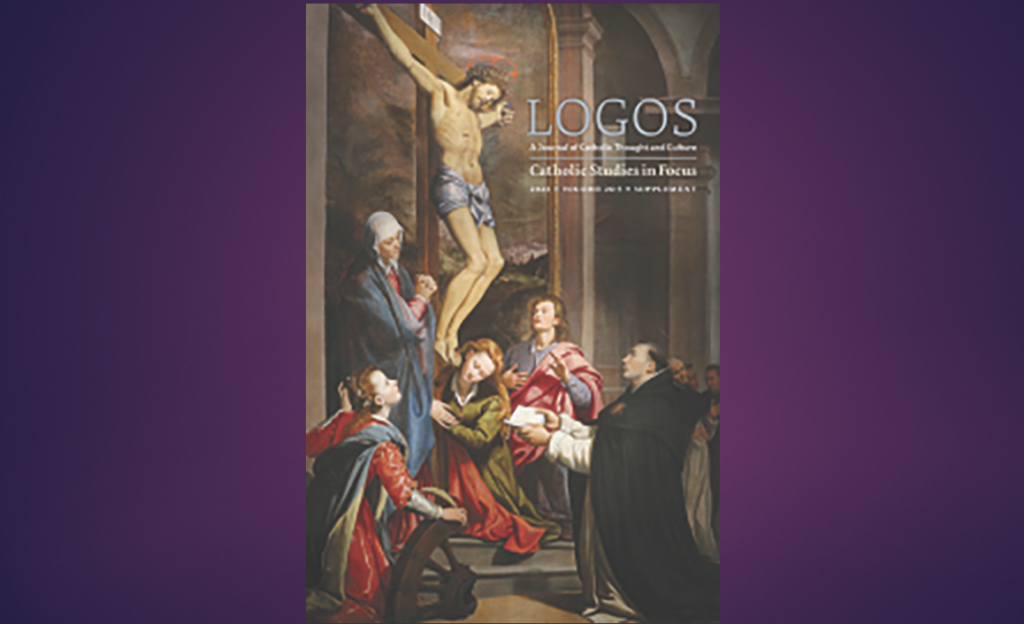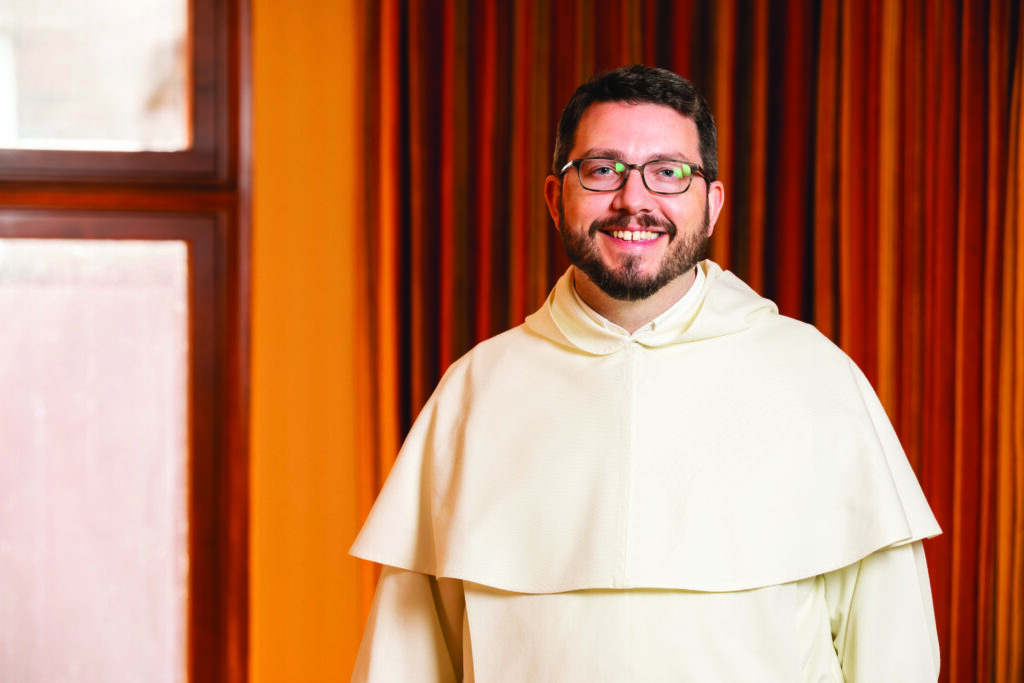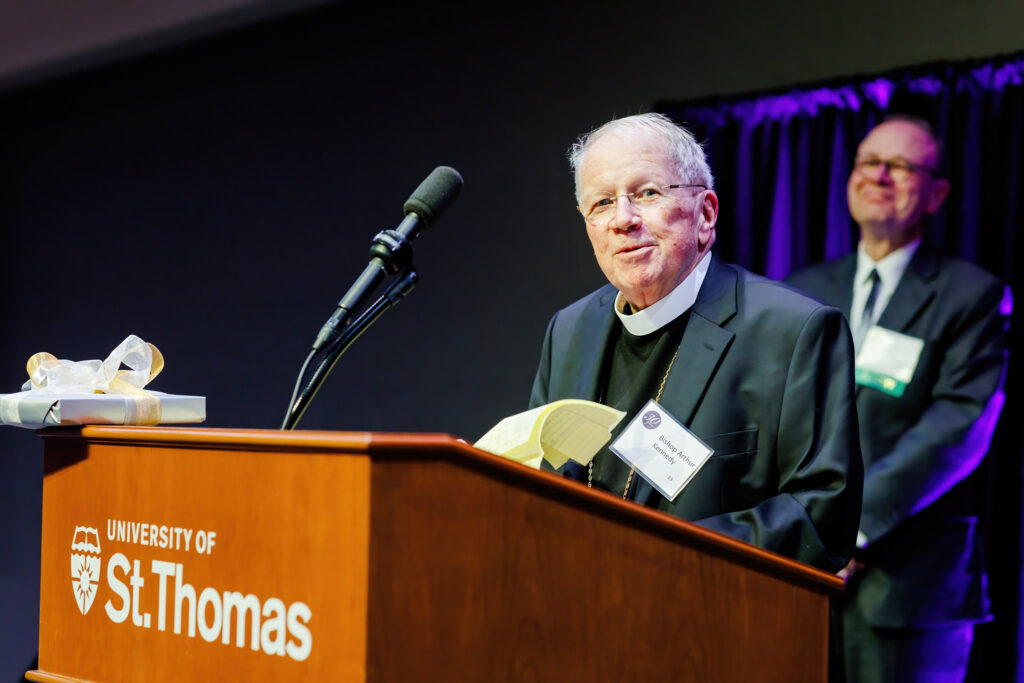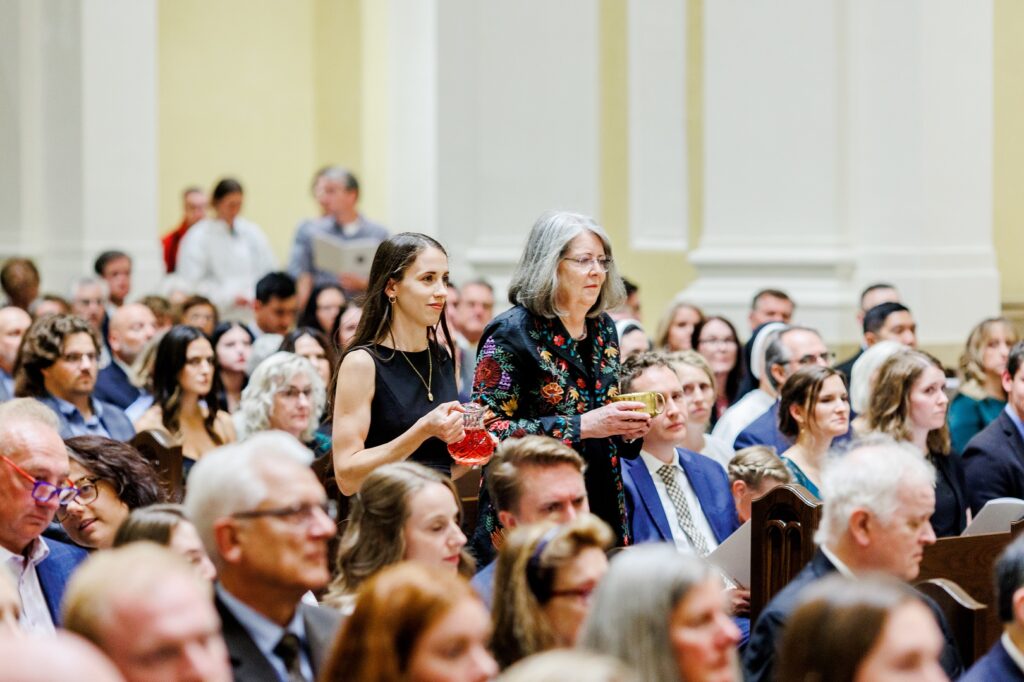The following is an excerpt from Liz Lev’s address at the Catholic Studies 30th anniversary event.
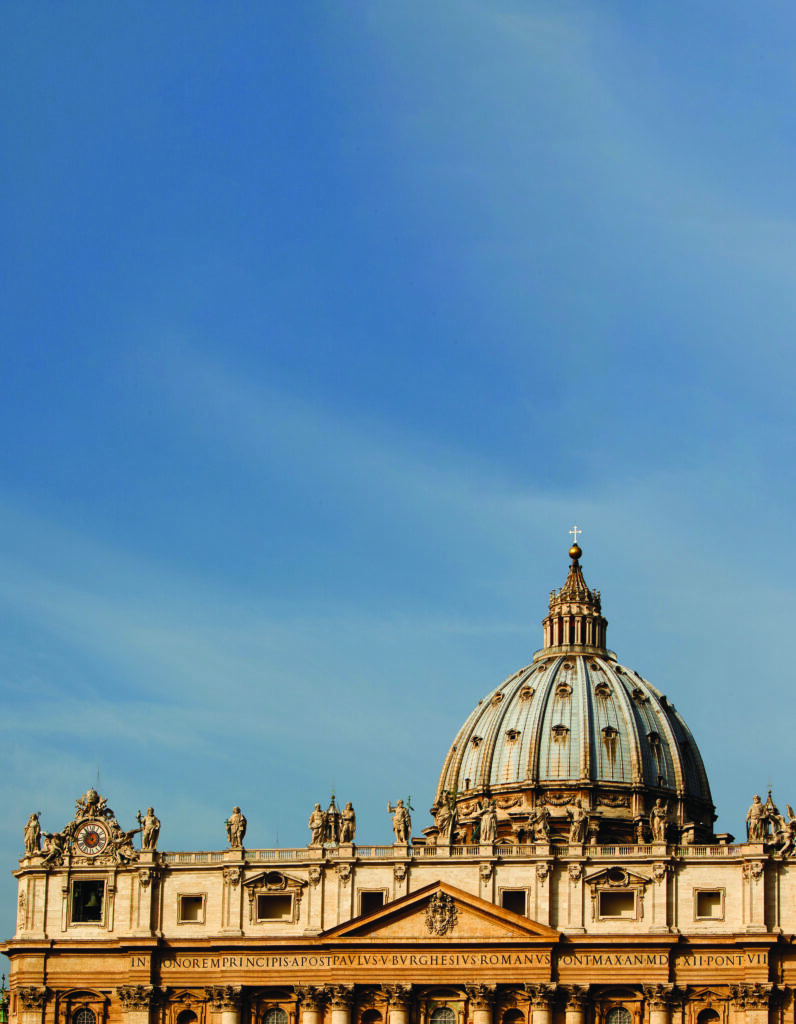
Nowhere else is the wonder of Catholicism better expressed than in the Basilica of St. Peter’s. Over the course of the Rome program, students get to know the building from the ground up. They attend Mass, several fortunate seminarians get to serve the Pope, and they climb the dome as it becomes their domus or home away from home. They visit the scavi, the excavations below that reveal the tomb of Peter, a pauper’s grave of a body thrown into a hole in the ground after being crucified upside down for a crime he didn’t commit. The Romans thought they had thrown away the trash, but they inadvertently planted a seed. A seed that grew into the extraordinary beauty of the basilica above.
The students pile through the doorway with thousands of others in the common experience of wonder. Everyone stops: the atheist, the believer, the bored and the excited, affected by the sight. The light penetrates the building, and it penetrates the soul, even though many will try to deflect its power. The Church seems so splendid, it is hard to imagine all the struggle and suffering that went into its building.
Michelangelo’s astonishing dome, his own personal testimony of his faith, focused on the high altar above the grave of St. Peter. Though based on the ancient Pantheon of the pagan era, the Florentine sculptor/painter/architect pierced the drum with 16 massive windows giving the impression that the 137.5-foot span of brick and masonry floats above the papal altar.
Bernini had large shoes to fill as he accepted the commission a century later to decorate the altar of the chair. Bernini pushed the boundaries of art even further as he devised a way to unite painting, sculpture and architecture into an image that would illustrate the authority of the Magisterium and the mystery of the Holy Spirit. Essentially, Bernini invented the IMAX theater, counting on the majesty of the liturgy, the enchantment of the music, and the drama of the art to transport the beholder into a sensory experience of the Divine.
Michelangelo’s dome was part of a plan to create the “head and shoulders” of the Church appearing on the Roman skyline after many years of adversity during the Reformation, a rebirth of the faith as it were. Bernini followed suit by creating the colonnade, the arms of the Church open to welcome all. However, as the students leave St. Peter’s for the last time, those arms open to release them into
the world to share this Renaissance with others. Ite, missa est.
This story is featured in the winter 2024 issue of Lumen.

